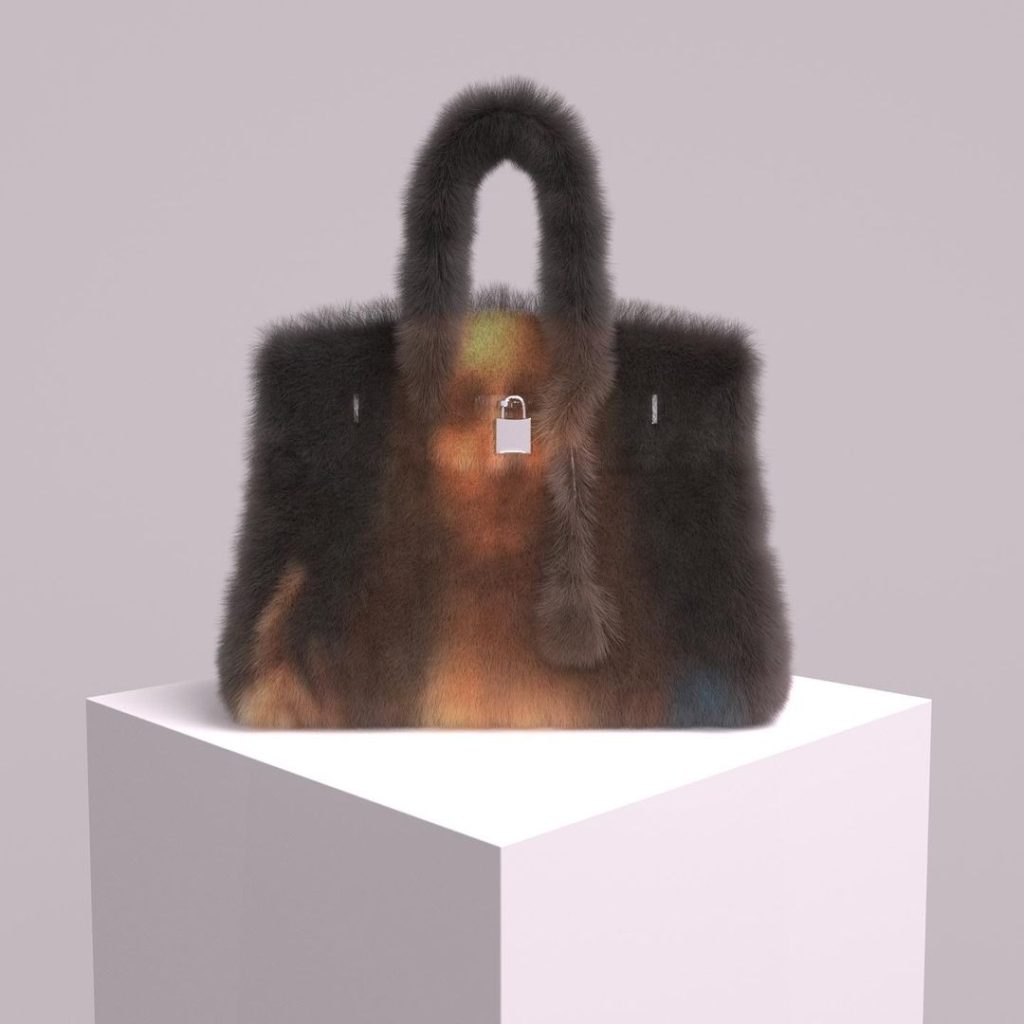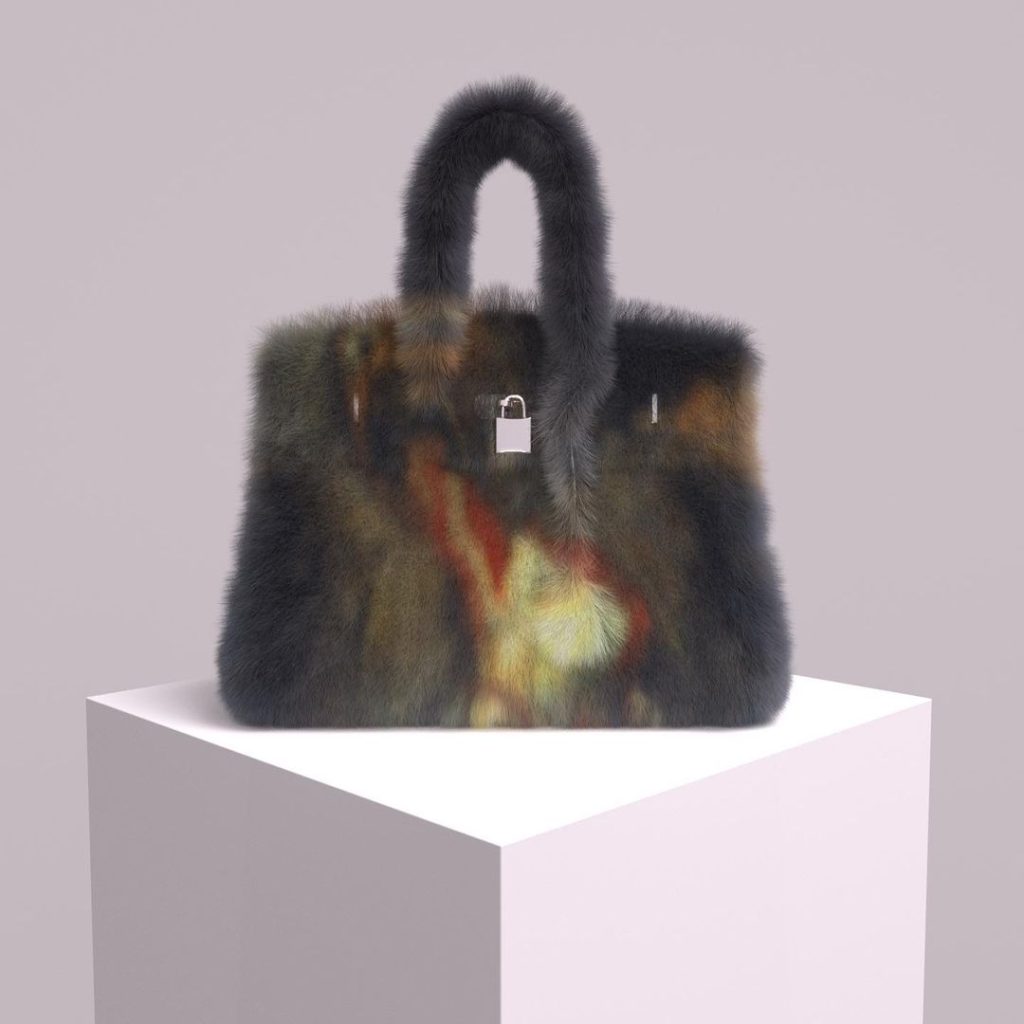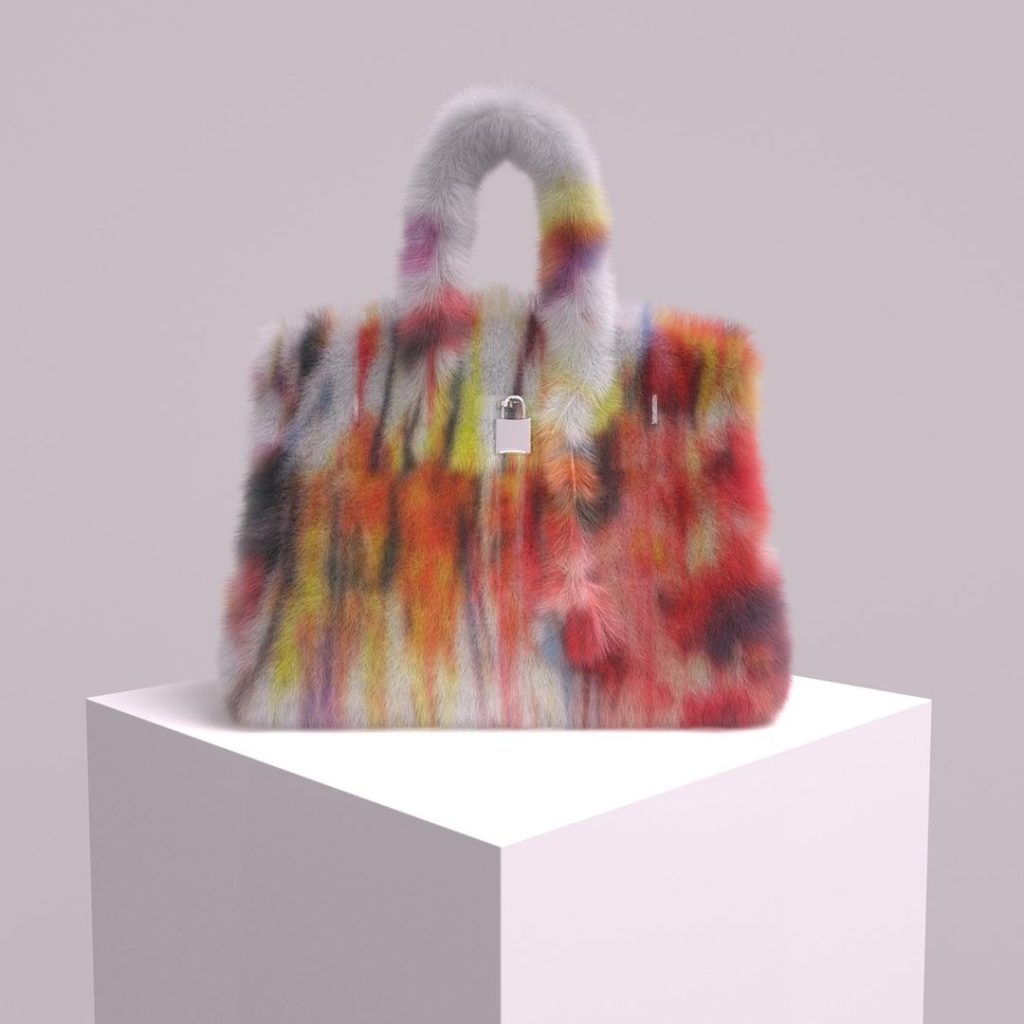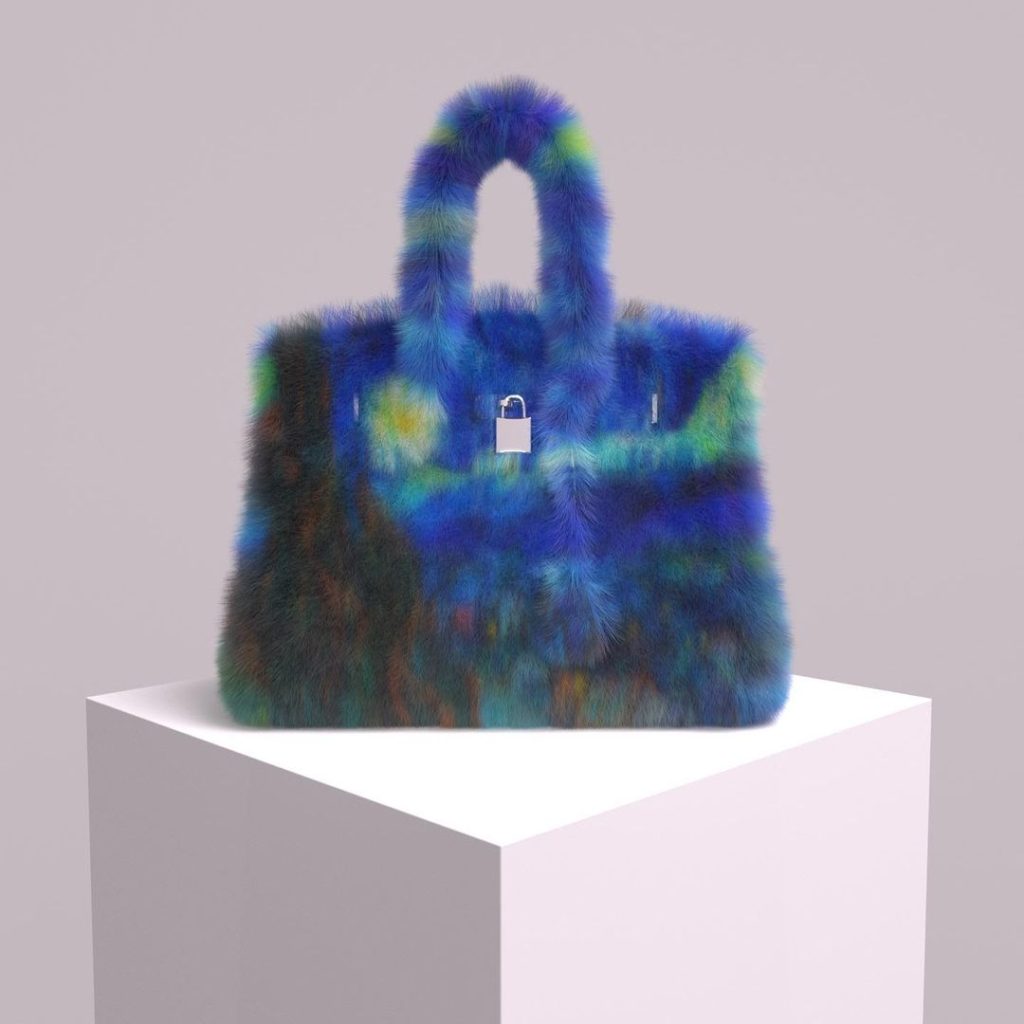Metaverse Reality Check in Fashion
The long-lasting court decision between Hermès and digital artist Mason Rothschild concluded in New York, along with the decision, the fashion world’s perspective on the metaverse is shaping and sharing the clues of its possible fate in the digital world.
This story, which was the starting point of the success achieved by digital artist Mason Rothschild in the digital world with his NFT named ’Baby Birkin‘, sold for $23,500 in May 2021, pushed the artist to the MetaBirkin project and became the reason for the court that determined what kind of products cannot be marketed as art in the metaverse universe.
In November 2021, fur digital metabirkins, which can be found in any color and pattern, attracted the attention of Hermès and published a text about violation of their trademark rights. Although Rothschild claimed that he saw and interpreted Birkin as a cultural landmark against this text, he could not prevent Hermès from filing a lawsuit against the digital artist. However, according to this recently concluded case, Mason Rothschild’s MetaBirkin NFTs were found guilty on the grounds that they did not have an artistic interpretation; but, trademark infringement, dilution and cybersquatting.



With the result of this decision, the discussions about the relationship between digital art and physical fashion hasn’t rested yet. Like fashion, the metaverse is a platform that comfortably supports how an individual wants to express themselves and offers opportunities. However, the issue of ownership is one of the biggest problems in the virtual universe. As the giant brand Hermès filing a lawsuit against Mason Rothschild, it is revealing a struggle over ownership on the digital platform.
In the physical world, things can easily own as we wear and held by hand, thus, you can prove their belonging to whom; however, in the metaverse, digital clothes are only available in a virtual environment. The issue of how these virtual clothes can be purchased and used; recalling the court of Hermès and Rothschild, it causes a big question mark who will have designer rights in the production of these products.
Here, Hermès claimed an estimated total profit of $231,055.76 from Rothschild with the outcome of the lawsuit so that they could market their products on NFT in the future. Thus, by making the rumors of fashion giants being in this virtual environment certain, it seems that brands should protect their IP addresses effectively in the metaverse space.



The outcome of the case, of course, ignited the debate; those who remember the Warhol case have told that the judge’s decision was not based on art history and methodology, and that Hermès continuing this case against an artist could have a negative impact on their own image.
Apparently, this decision coming out on February 8th, is a confirmation of the value of digital goods and NFTs, as well as showing that even digital copies of real-life luxury brands have a meaningful value. While luxury brands continue to maintain their cultural status even in the digital world, the decision also justify the sale of products in the virtual environment at high prices.